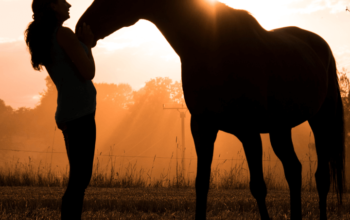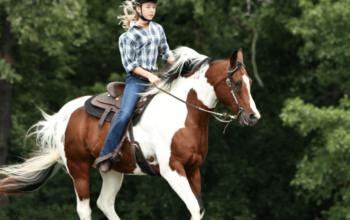
Equine anatomy and physiology are fascinating subjects that provide valuable insights into the inner workings of horses. From their muscular skeletal structure to their cardiovascular and respiratory systems, understanding the anatomy and physiology of horses is essential for horse owners, trainers, veterinarians, and anyone involved in the care and management of these magnificent animals. In this article, we’ll delve into the intricacies of equine anatomy and physiology, shedding light on the remarkable complexity and functionality of the horse’s body.
The skeletal system of a horse provides the framework and support necessary for movement, stability, and protection of internal organs. Horses have a unique skeletal structure characterized by long limbs, a strong backbone, and a single solid hoof on each foot. Their limbs are designed for speed and endurance, with powerful muscles and tendons working in concert to propel the horse forward. The spine of a horse is particularly important, as it supports the weight of the rider and distributes the forces generated during movement.
The muscular system of a horse is responsible for generating movement and power. Horses have well-developed muscles throughout their body, with particularly strong muscles in the hindquarters and back. These muscles enable horses to perform a wide range of activities, from running and jumping to pulling heavy loads. Proper conditioning and training are essential for maintaining muscular strength, flexibility, and endurance in horses.
The digestive system of a horse is specialized for processing large quantities of fibrous plant material. Horses are herbivores, meaning they primarily eat grasses, hay, and other plant matter. Their digestive system is designed to extract nutrients from these fibrous materials efficiently. The process begins in the mouth, where horses chew their food thoroughly to aid in digestion. From there, food passes through the esophagus into the stomach, where it is broken down by stomach acid and enzymes. The food then moves into the small intestine, where nutrients are absorbed, before passing into the large intestine, where water is reabsorbed and waste products are eliminated.
The cardiovascular system of a horse is responsible for circulating blood throughout the body, delivering oxygen and nutrients to tissues and removing waste products. Horses have a large, powerful heart that pumps blood efficiently to meet the demands of their active lifestyle. Their cardiovascular system is adapted for endurance, with a high capacity for oxygen transport and efficient cooling mechanisms to prevent overheating during exercise.
The respiratory system of a horse is responsible for exchanging oxygen and carbon dioxide with the environment. Horses have large, well-developed lungs and a highly efficient respiratory system that enables them to meet the oxygen demands of strenuous exercise. Their breathing rate and depth increase during exercise to deliver more oxygen to the muscles and remove carbon dioxide from the body. Proper respiratory function is essential for maintaining performance and overall health in horses.
The nervous system of a horse is responsible for coordinating movement, processing sensory information, and regulating bodily functions. Horses have a complex nervous system that includes the brain, spinal cord, and peripheral nerves. Their highly developed senses of sight, hearing, and smell play a crucial role in their ability to navigate their environment and interact with other animals. Understanding the nervous system is essential for training and handling horses safely and effectively.
Equine anatomy and physiology are vast and complex subjects that offer valuable insights into the inner workings of the horse’s body. By understanding the skeletal, muscular, digestive, cardiovascular, respiratory, and nervous systems of horses, we can better appreciate their remarkable capabilities and tailor care and management practices to support their health and well-being. Whether you’re a horse owner, trainer, or simply a curious observer, exploring equine anatomy and physiology is a fascinating journey that deepens our understanding and appreciation of these noble animals.


